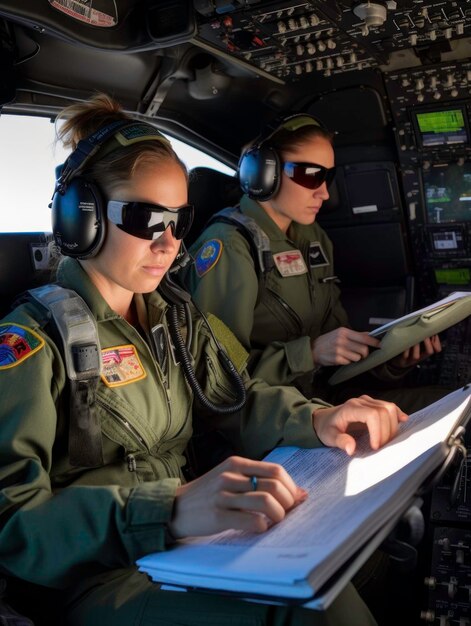Introduction
Welcome to our comprehensive guide on Pilot Training Curriculum. At Anugraha Exceed Private Limited (AEPL), we understand the importance of structured and effective pilot training programs. Whether you're aspiring to become a commercial pilot or pursuing aviation as a hobby, having a solid curriculum is essential for your success. In this guide, we'll delve into the key components of a successful pilot training curriculum, providing you with invaluable insights and resources to help you achieve your goals.

Understanding the Basics
Before diving into the specifics of pilot training curriculum, it's important to understand the foundational concepts of aviation education. A well-designed curriculum should encompass a wide range of topics, including:
Ground School Training
Ground school lays the groundwork for aspiring pilots by covering essential theoretical knowledge. Topics typically include aerodynamics, aircraft systems, weather theory, navigation, and regulations. Ground school training provides students with the necessary knowledge to pass written exams and understand the principles of flight.
Flight Training
Flight training is where aspiring pilots put theory into practice. It involves hands-on experience flying aircraft under the guidance of certified flight instructors. Flight training typically progresses from basic maneuvers to advanced skills such as instrument flying and emergency procedures. Students log hours of flight time to gain experience and proficiency in various flying conditions.
Designing a Comprehensive Curriculum
A well-designed pilot training curriculum integrates both ground school and flight training components to provide a holistic learning experience. Here's a breakdown of key elements to consider when designing a curriculum:
Structured Progression
A curriculum should be structured to ensure a logical progression of skills and knowledge acquisition. Starting with basic concepts, students gradually advance to more complex topics as they gain proficiency and confidence.
Practical Application
Hands-on training is essential for developing practical flying skills. Incorporating ample flight time with qualified instructors allows students to apply theoretical knowledge in real-world scenarios, fostering competence and safety awareness.
Regulatory Compliance
Adherence to aviation regulations is paramount in pilot training. A curriculum should align with regulatory requirements set forth by aviation authorities such as the Federal Aviation Administration (FAA) or the European Union Aviation Safety Agency (EASA). This ensures that students receive training that meets industry standards and prepares them for licensure examinations.
Safety Emphasis
Safety is a top priority in aviation training. A curriculum should emphasize safety protocols, risk management, and decision-making skills to instill a culture of safety consciousness among students. Training exercises should simulate various scenarios to prepare pilots for emergency situations effectively.
Resources for Pilot Training
In addition to a well-designed curriculum, access to quality resources is essential for effective pilot training. Here are some recommended resources to supplement your training:
Textbooks and Manuals
Textbooks and training manuals provide comprehensive coverage of aviation theory and practical skills. Look for reputable publications endorsed by aviation authorities or professional organizations.
Flight Simulators
Flight simulators offer a safe and cost-effective way to practice flying skills in a controlled environment. High-fidelity simulators replicate real-world flying conditions, allowing students to hone their skills without the risks associated with actual flight.
Online Learning Platforms
Online learning platforms offer a convenient way to access instructional materials and interactive courses. Look for platforms that offer courses taught by experienced instructors and provide opportunities for interactive learning and feedback.
Flight Training Organizations
Enrolling in a reputable flight training organization is essential for receiving quality instruction and guidance. Research training facilities carefully, considering factors such as instructor qualifications, aircraft fleet, safety record, and student reviews.
Conclusion
A well-designed Pilot Training Curriculum is essential for aspiring pilots to acquire the knowledge, skills, and experience necessary for a successful aviation career. By integrating ground school training, flight training, and practical resources, students can embark on a journey towards becoming competent and safety-conscious pilots. At Anugraha Exceed Private Limited (AEPL), we are committed to providing comprehensive training programs that meet the highest standards of excellence in aviation education.

No comments yet